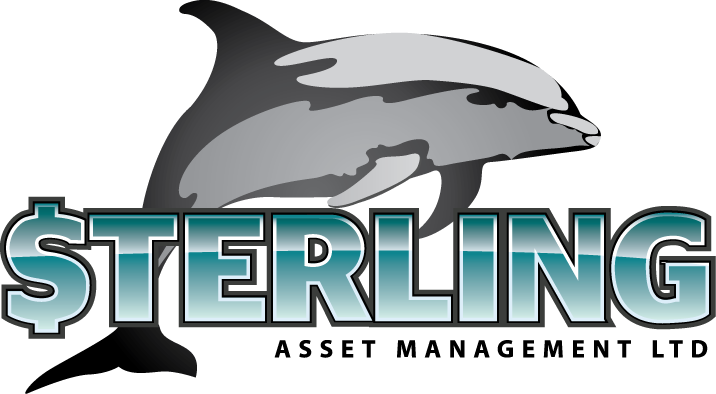Among the few things which are certain nowadays is that uncertainty will persist in global financial markets. Hence, after a brutal year in 2022 for investing, 2023 started out encouragingly for investors as continued signs of cooling inflation fuelled expectations of a further slowdown in the pace of central bank rate hikes and eventually rate cuts later in the year. Consequently, January was a good month for both stock and bond investors. Benchmark interest rates pulled back and investor sentiment improved. However, uncertain market conditions have returned given more recent economic data that indicate global inflation will remain high for longer, causing central banks to continue hiking interest rates and keep them elevated for longer than previously expected. As a result, benchmark interest rates have resumed their ascent and both stock and bond prices have been declining. So, how does a bond investor navigate high interest rates for longer? Here are a few suggestions.
First, it is important to understand the impact of interest rate changes on bond prices. When interest rates rise, bond prices tend to fall. This is because investors can get a higher return on their investment in newly issued bonds than on bonds that were issued when interest rates were lower. As a result, the price of the existing bonds decreases. For example, if the interest rate rises from 2% to 4%, the price of a bond that was issued when the rate was 2% will decrease by about 50% depending on the tenor of the bond.
An investor can therefore consider investing in shorter-term bonds. Shorter-term bonds are less affected by changes in interest rates than longer-term bonds. When interest rates rise, the impact on the bond’s price is less for a short-term bond than a long-term one. Additionally, some shorter-term bonds are offering higher yields than longer-term bonds. This is because some government yield curves (e.g. U.S. treasury curve) have been inverted due to heightened recession risks.
An investor can also consider improving the credit quality of bonds within their portfolio. A bond issuer’s credit rating gives an indication of its risk of default or its ability and capacity to honour debt obligations on time. Accordingly, a higher interest rate environment typically leads to higher debt servicing costs for borrowers as well as an increase in default probabilities, generally. High credit quality or investment grade rated bonds are therefore better suited to handle a higher rate environment.
Investing in floating rate bonds is another option available to investors. Floating or variable rate coupon bonds are popular in a rising interest rate environment and offer investors the prospect of higher coupons after each interest reset. The coupon rates on floaters are usually quoted as a spread to a variable benchmark rate (such as U.S. treasury yields) and periodic coupon payments increase as the variable benchmark rate rises. The Bank Nova Scotia (BNS) Perpetual bond is a classic example of this. The bond offered a fixed coupon rate of 4.65% until October 2022 but the coupon rate has since increased to almost 7.5%, currently.
Finally, an investor can also purchase a series of bonds with different maturity dates to construct a laddered portfolio. A laddered portfolio can facilitate an ongoing return of principal as the bonds mature which can then be reinvested at higher yields as rates rise. Buying several different bonds to construct a laddered portfolio can however be a very expensive and tedious exercise.
Navigating a high interest rate environment can be difficult for bond investors, but by understanding the risks associated with investing in bonds and diversifying their investments across varying tenors and credit quality, investors can make informed decisions and protect their investments.
Eugene Stanley is the VP, Fixed Income & Foreign Exchange at Sterling Asset Management. Sterling provides financial advice and instruments in U.S. dollars and other hard currencies to the corporate, individual, and institutional investor. Visit our website at www.sterling.com.jm
Feedback: If you wish to have Sterling address your investment questions in upcoming articles, e-mail us at: info@sterlingasset.net.jm
